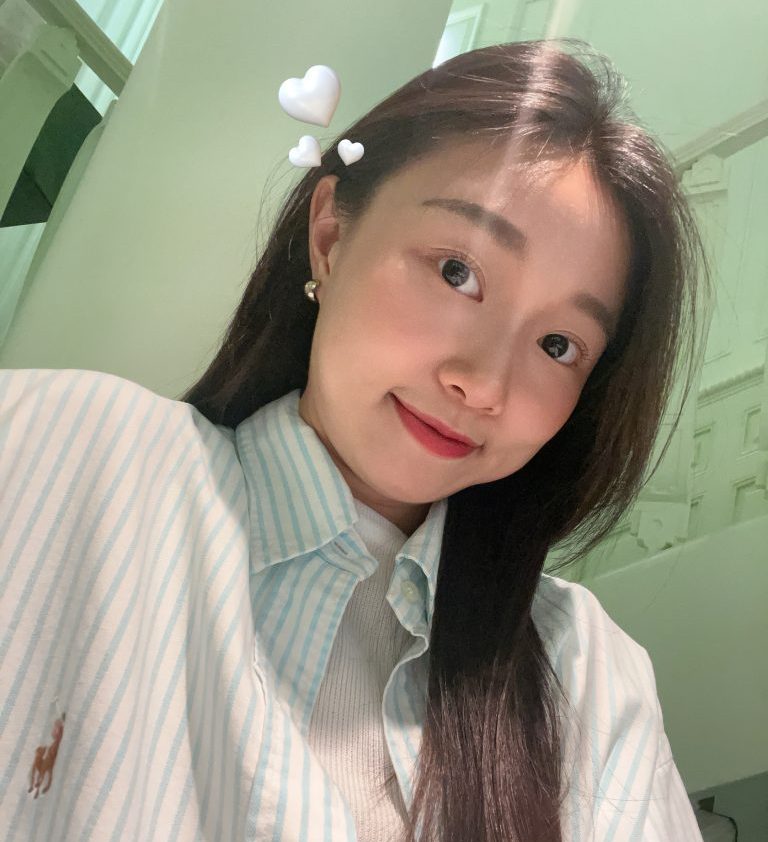Introduction
For Unit 2, I have learned to observe things from different perspectives and distances. I can focus on a specific object, moment, time, or location, or step back to see the bigger picture. The film Powers of Ten™, with its unique perspective, explores how images at different scales and contexts alter our perception. This has prompted me to think about shifting perspectives—from the macro to the micro and back again, essentially zooming in and out.
I wanted to look into the details in a Zoom in way this time in order to observe how people manifest and express their love during the eating process. Returning to my identity as a person who grew up in a traditional Chinese family background, I find that we often overlook some behaviors during the eating process, such as parents will specially clip their favorite dishes and a certain part of the food for their children (e.g., chicken legs, crab meat, shrimp, fish face, etc.), clip the food, add more rice, ladle the soup, pour the tea, pass the napkin, and clash of cutlery, etc., which are basically small gestures, but they are the invisible bridges of love to family members, friends, and even lovers, Friends, and even lovers of the care and warmth of the embodiment, is the invisible bridge of love.
Often these gestures originate from our hand movements or gestures, which are presented by moving the position of the cutlery, teapot, napkin, etc. Therefore, I would like to use the path of tracking the dynamic movements of the hand as my observational perspective for visual experiments, and I may try to experiment with more handmade ways of visualization, such as photographic images, screen printing, fabrics, illustration, and blue-tanning process, etc., in order to externalize them as much as possible. The non-verbal communication behaviors that are full of love, so that people will realize that love is sometimes hidden in the details, and can be revealed without the need for verbal expression.
REF 1:The Disorder of the Dining Table
by architects Sarah Wigglesworth



The project Dining Disorder focuses on people’s behavioral trajectories during meals, recording their hand movements at the table and creating a visual image of the “table path”. This project is a good example of how path tracing can be used for research and exploration, as often these actions are also presented by our hand movements or gestures.
REF 2:Bruno Munari – Supplemento Dizionario


Bruno Munari also collected and analysed a large number of common gestures from Italy by means of a lexicon and the meanings they carry, which gave me a deeper understanding and appreciation of gesture as a symbol of non-verbal communication.
Visual Research
In response, I collected and recorded observational image research on table etiquette and organised and edited it into one image.
